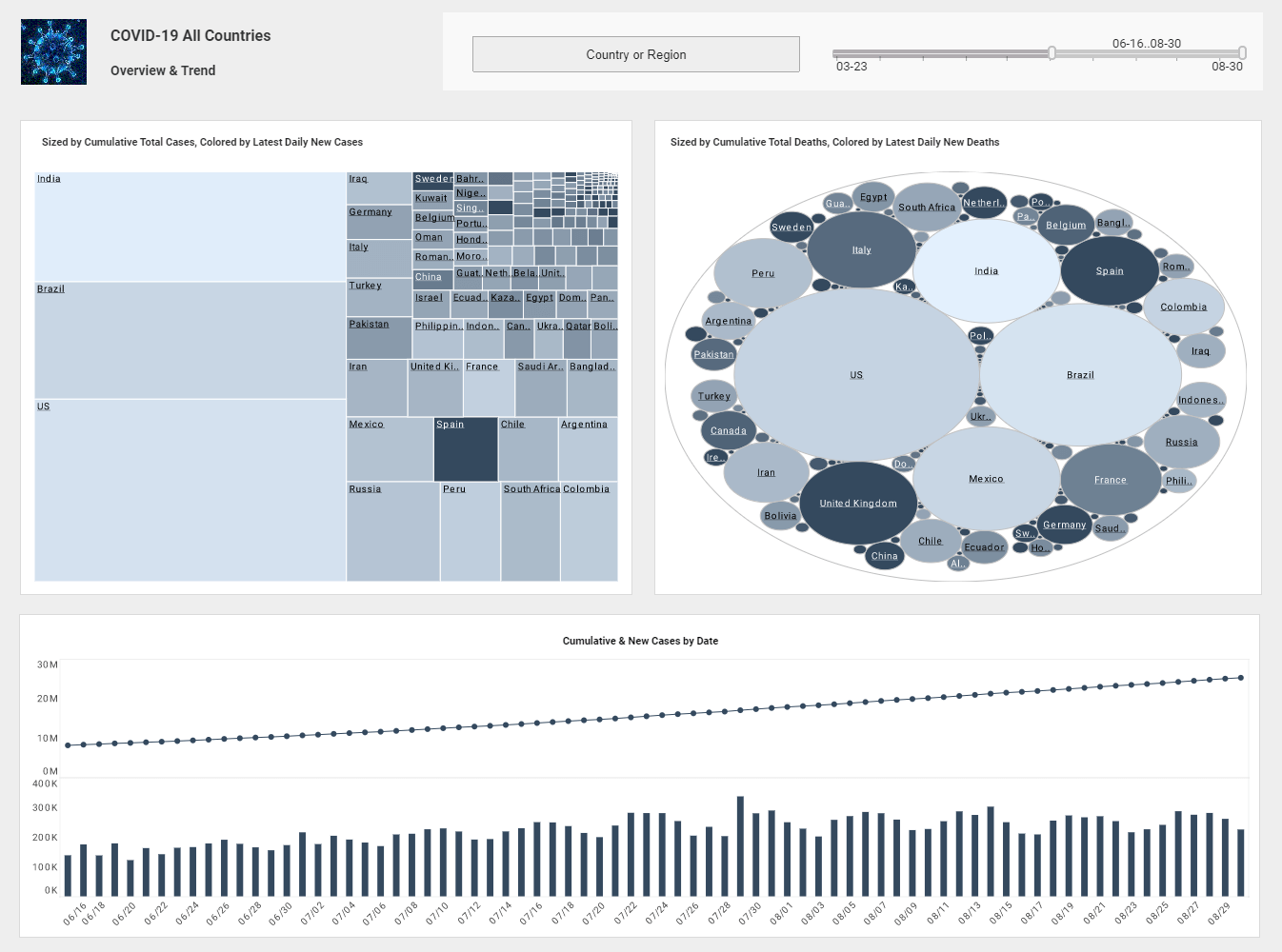InetSoft Webinar: The Answer Is Data Mashup
This is the continuation of the transcript of a Webinar hosted by InetSoft on the topic of "The Changing Requirements of Business Intelligence." The speaker is Mark Flaherty, CMO at InetSoft.
So this shift to commodity super computing drives a change from traditional BI where you had upfront data modeling that then results in a company’s relatively slow response time to change in the outside world, to more of a model-as-you-go approach which then allows a fast response to change.
We will talk about what that means with a particular story. These new market requirements demand a new approach, and of course we have a particular way to address these new requirements.
For this new requirement of data and content from any type, format or source and bringing that all together, our answer data mashup. It’s the data access engine at the heart of out platform. For this second requirement of interactive applications for business users, our response to that is providing a toolset to build highly interactive BI applications.
This enables data exploration, ad hoc information access and data discovery. Our BI technology is not only used for decision making among employees but it is also used for improving consumer decisions.
We know that this approach works, and we are now bringing those innovations to the enterprise so that decision making can be improved. And for this last point about modeling as you go so that you have fast responses to change, we have an agile approach to delivery and deployment, and really what that means is we allow the business and IT to collaborate more closely together.
| #1 Ranking: Read how InetSoft was rated #1 for user adoption in G2's user survey-based index | Read More |
They can quickly get diverse data sources integrated and get an application up and running and then sit right next to each other looking at the screen and the business representative can say you know now that I see this data together, I would like a different visualization. Can you show this to me on a map? And then IT can deliver right then and there. Then the next question is when I actually see a BI application, I remember that there is another database over in the marketing department that I would like to bring in, can you do that?
Very quickly that data source can be connected to and a new mashup can be created. So let me give three examples of where we have applied this agile BI to daily decision making. The first one is about inventory management for a multibillion dollar household appliances manufacturer. The challenge for them was to reduce their inventory and logistics cost from buying unnecessary parts. But what is difficult is they buy 130,000 kinds of parts and commodities, such as water valves, steel gauge wire, and so the diversity of those parts make analysis very complex.
So in this case, the thing that I want to highlight here is that this really about data mashup since we integrated four regional SAP data warehouses plus a Cobol based system called Copex. So none of this data was ever designed to be used together. With 1300,00 kinds of parts the diversity in the attributes is enormous. We are taking about ball bearings, for example, that have an outer diameter, while steel wire instead has a gauge, not an outer diameter. The water valves have neither of those so the diversity of dimensions that have to be considered here is great.
| Previous: Do You Have a Self-service BI Solution? |


